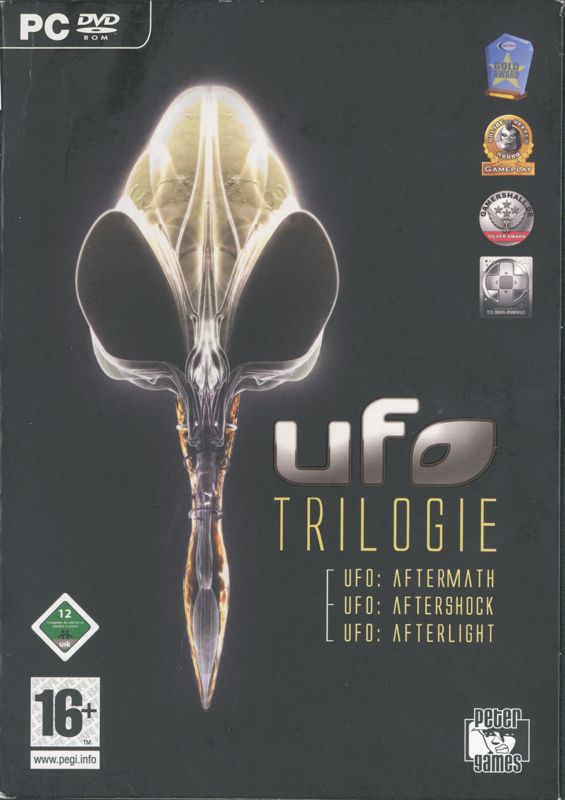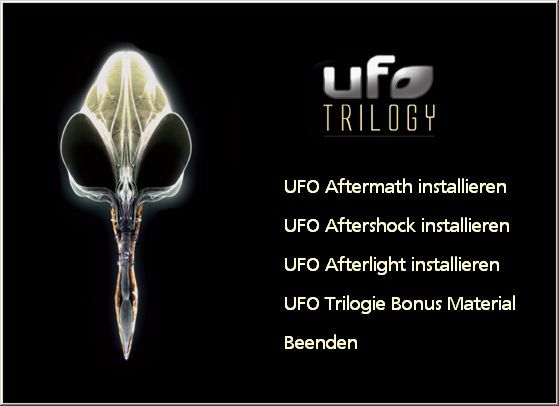Retro Replay Review
Gameplay
The UFO Trilogy delivers a deeply engaging blend of strategic management and squad-based tactics that will appeal to long-time fans and newcomers alike. Kicking off with UFO: Aftermath, players find themselves rebuilding Earth’s defenses from the ashes of an alien invasion, carefully managing global resources, building bases, and recruiting specialist soldiers. Tactical combat unfolds on grid-based maps where positioning, cover, and weapon choice can mean the difference between victory and a costly retreat.
Building on the first game’s foundation, UFO: Aftershock refines the experience with expanded research trees, more varied mission objectives, and a dynamic economy that keeps you balancing scientific breakthroughs against the ever-present alien threat. The introduction of a streamlined base management interface and civilian environment missions adds fresh layers of strategic decision-making, forcing players to weigh the consequences of each action both on the battlefield and at home.
Finally, UFO: Afterlight takes the series in a bold new direction by sending your squad to Mars. This installment introduces environmental hazards like radiation storms and limited oxygen supplies, which add tension to every firefight. The core loop of base construction, squad customization, and real-time to turn-based combat remains intact but feels revitalized thanks to new suit types, weapon upgrades, and the need to terraform and expand human outposts on the Red Planet.
Graphics
Visually, the Trilogy spans several years of development and showcases the evolution of the series’ engine. UFO: Aftermath’s isometric 2D graphics may feel dated by modern standards, but they retain a certain charm and clarity that help you quickly assess the battlefield. Character models and environment tilesets are functional and convey mission-critical information without unnecessary flourishes.
With UFO: Aftershock, the graphics receive a modest overhaul: improved lighting effects, more detailed textures, and a refined user interface heighten immersion. You’ll notice dynamic shadows cast by your units and destructible environment elements that add visual flair to firefights. The color palette broadens, giving underground alien complexes and urban battlefields a richer, more ominous tone.
UFO: Afterlight takes the biggest leap, moving into a fully 3D-rendered landscape on Mars. Terrain deformation, particle effects during sandstorms, and realistic skyboxes elevate the sense of isolation on an alien world. Although character animations can be stiff at times, the stark beauty of Martian vistas and the sheen of your high-tech armor more than make up for any minor hiccups, creating one of the more atmospheric sci-fi settings in turn-based strategy.
Story
The narrative thread running through the Trilogy is a classic tale of humanity on the brink of annihilation. UFO: Aftermath introduces the central premise with urgency: the Earth’s major cities lie in ruins, survivors cling to hope, and your organization stands as the last line of defense. Each mission carries the weight of this desperate struggle, making every successful extraction or recovered alien artifact feel like a meaningful victory.
In Aftershock, the plot deepens as you investigate fragmented signals of a promised “global sanctuary,” encountering rival human factions and uncovering morally ambiguous choices. The storyline branches depending on your research priorities and diplomatic decisions, which can lead to multiple endings. This approach adds replay value and gives a sobering reminder that not all allies wear the uniform of the same color.
Afterlight shifts the epic to Mars, where the remnants of Earth’s population must seek a new home. While the pacing can lag amid resource-management micromanagement, the overarching theme of survival against both alien remnants and environmental peril remains strong. Narrative threads from the previous games tie together with new twists—ancient Martian ruins, AI-driven terraforming ethics, and the question of mankind’s right to claim a foreign world.
Overall Experience
Playing through the UFO Trilogy feels like embarking on a comprehensive tour of turn-based strategy evolution. Each title builds upon its predecessor’s strengths while introducing fresh mechanics that keep the series from feeling repetitive. Between base management, squad customization, and variable mission objectives, you’ll find dozens of hours of content that challenge both your tactical acumen and long-term planning skills.
That said, the learning curve can be steep, especially for players new to the genre or returning to older titles. Menus can feel cluttered, and the pace of research and resource gathering may frustrate those expecting a more action-oriented experience. However, perseverance is rewarded with memorable missions, tense firefights, and a deep sense of accomplishment as you inch closer to turning the tide against the alien invaders.
For prospective buyers, the UFO Trilogy represents excellent value. You get three full-length games that collectively explore planetary defense, inter-faction politics, and Martian colonization. While each installment has rough edges, the ambition and scope on display make this collection a must-have for strategy enthusiasts and sci-fi buffs eager to lead humanity’s final stand—and new beginnings—across two worlds.
 Retro Replay Retro Replay gaming reviews, news, emulation, geek stuff and more!
Retro Replay Retro Replay gaming reviews, news, emulation, geek stuff and more!





Reviews
There are no reviews yet.